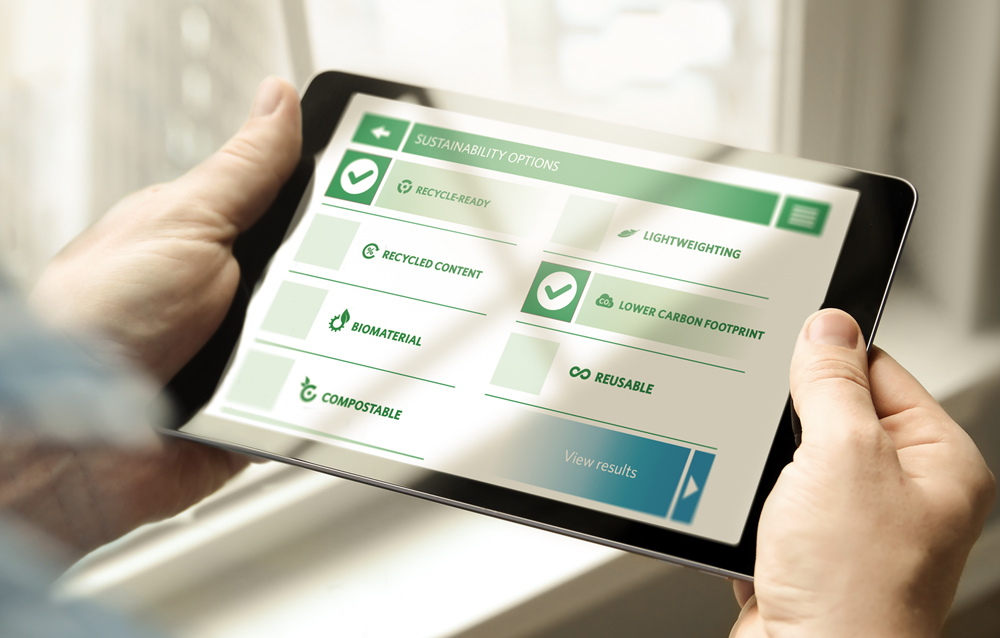🎥 Amcor’s 7 sustainability options defined
Sustainability
May 26, 2020Reading time: 2 minutes
Watch our latest explainer videos to find out more about Amcor’s seven sustainability options and discover which combination could provide the right packaging solution for your brand.
Watch our latest explainer videos to find out more about Amcor’s seven sustainability options and discover which combination could provide the right packaging solution for your brand.

Packaging plays an important and multi-functional role in our lives, protecting consumers, preserving food and pharmaceutical products and delivering products safely from source to customer.
In recent years, as the collective consciousness has shifted to taking action to protect our planet for the future, there has been increased focus on developing responsible packaging. In 2019, a survey found that 42% of consumers said that products that use sustainable materials are important in their day-to-day purchases.
But what does “responsible” and “more sustainable” packaging really mean?
With so many buzzwords used every day – from compostable and biodegradable to “eco-friendly” and many more in between – it’s no wonder that many brands and retailers are confused over the sustainability credentials of one type of packaging over the other.
That’s why we created short explainer videos so you can find out which of the seven more sustainable packaging options may be right for you.
1. Recyclable
Recyclable packaging meets accepted design standards for successful collection, sorting and recycling in the real world. It starts with design and material selection, and packaging can be tested and independently certified for recyclability before launching to market (such as cyclos-HTP certification).
By developing recyclable packaging, we are helping to keep plastic in a circular economy and out of the environment.
2. Reusable
Reusable packaging is refilled and used again for its original purpose.
Amcor supports the growth of the reusable packaging market by developing packaging that contributes to four emerging models: Refill at home, refill on the go, return from home, and return on the go.
3. Compostable
Compostable packaging biodegrades in a commercially managed or home composting system according to relevant industry standards.
Products like tea bags, coffee capsules, bags for household compost collection, or packaging materials that often end up in organic waste streams are well suited to compostable packaging.
4. Post-consumer recycled content (PCR)
PCR in packaging is made from materials that have served their original purpose in the consumer market and have subsequently been recycled to be used in new packaging.
As a result, PCR in packaging has a lower carbon footprint than packaging made from virgin resin, and it supports recycling infrastructure by creating a market for reused plastics.
5. Bio-based materials
Bio-based materials are made from renewable resources, such as sugar cane, corn or managed forests (paper) as opposed to depletable, fossil-based raw materials.
Amcor’s bio-based PE is made from sugar cane and offers the same recycling, technical, and sealing properties as fossil-based PE, while helping our customers reduce their pack’s carbon footprint.
6. Responsibly sourced materials
Responsibly sourced materials come from suppliers that meet standards for socially and environmentally responsible practices, as confirmed by certification schemes, such as ASI (Aluminium Stewardship Initiative) for aluminum, Bonsucro for sugar cane, or FSC® (Forest Stewardship Council) for paper.
7. Lower carbon footprint
Carbon footprint refers to the total amount of greenhouse gas emissions caused by an individual, event, organization or product. We use our life cycle assessment tool, ASSET, to find ways to reduce the carbon footprint of packaging from its raw materials through end-of-use scenarios (landfill, recycling, composting, etc).
Ways to reduce carbon footprint include using more PCR content, sourcing raw materials with lower carbon footprints, and using less raw material through product lightweighting and downgauging.
These seven options are steps towards our 2025 pledge and global commitment to develop more sustainable packaging, and working with others to increase rates of recycling worldwide. Through these options Amcor offers consumer brands a framework to make more sustainable packaging choices.
To find out how these seven sustainability options can support you in developing your own more sustainable packaging strategy, contact us here.
